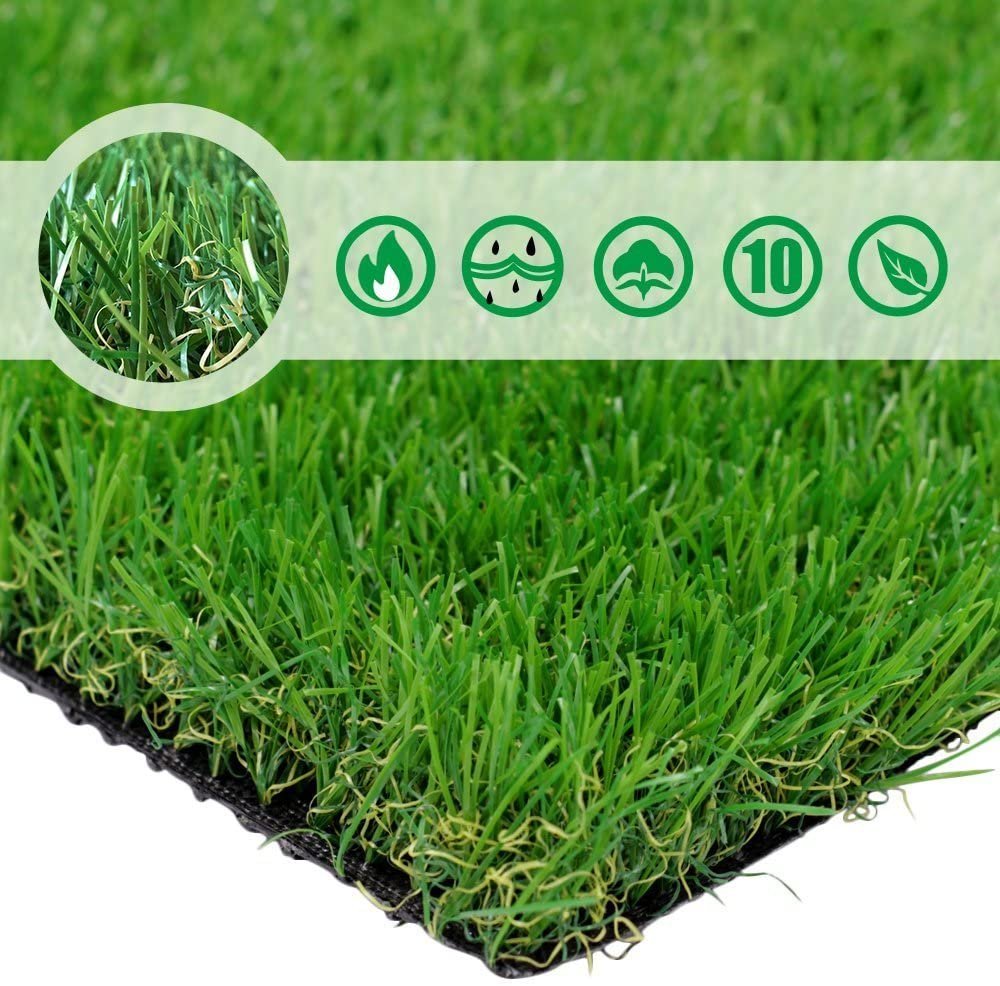If you are planning to replace your traditional lawn turf with a synthetic one, why not? No more mowing and weeding, easy to clean, and you’ll get a real look-alike grassland that will remain exuberant throughout the year with low maintenance!
It is surely beneficial.
Now if you are hesitant about the upfront cost of installation, you can bring the expense down by laying the grass on your own. But how to install artificial grass yourself?
Today, we are going to provide you with a detailed instruction on that. With a little time, some tools, a few friends and some good old time spade work, you can make yourself a fabulous and durable yard for years to come!
How to install Artificial grass yourself
Below is a step by step guide which will help you to install artificial grass yourself. Let’s get started!
Planning And Measurement
Before starting off your project, you can simply deduce a rough area of your lawn with a measuring tape or any suitable measuring tool.
And then buy necessary materials like artificial grass, geotextile membrane, weed cloth, etc. It will help to cut off excess wastage.
One more thing, ensure that all the water pipes and cables stay below the spading length.

Removing The Grass
Now there are a number of different ways to do this.
You can use a shovel, but for a larger scale of grass removal, a sod cutter works best. It might be a bit unwieldy, but cuts off grass strips with perfection. Another way is to use the edge of your spade to cut up small squares into the grass and uproot the section with the spade.
Make sure to remove at somewhere around two inches depth of soil.
After you are done removing, go over the entire surface with a rake to clean up the miscellaneous particles that are left behind.
Laying Grano Base And Geotextile Membrane
A right base is essential to set the seal on your artificial grass, preventing it from slumping or bulging downwards. On the other hand, the geotextile or weed membrane is required to make your lawn last longer.
- Crushed rock, granite, gravel are some of the best bases. Spread this mixture over the area where you’re supposed to set the grass and level it off with a shovel.
- When you have the yard entirely leveled, you need to coat the area with a weed or grass killer spray.
- To restrain the weeds coming through the turf, the next step is to put a weed membrane barrier. For this, unroll the sheets across the base and overlap the seams two to three inches for each row.
- This step is optional, but you can spread a layer of crushed rock evenly on the surface. Then water it for the rocks to bind better. And then compact it with a compactor.
Now you are all set to unroll your artificial turf!
Installing The Artificial Grass
- Roll out the grass rows that you had cut down before over the area and leave it for some hours to settle.
- Once all the rows are positioned, trim the excess part with a sharp blade and splice the rows together with a seaming tape for them to never come apart.
- Now nail the turf down every 4 to 6 inches with 5 inch long non-galvanized common nails to have proper support and security over the entire span.
Applying infill
In order to account for the weight of the soil you need an infill, it’s going to make your yard look natural. It contains an antimicrobial aspect that captures odor and urine, especially if you have pets around.
Simply spread the infill and gently brush it with a soft bristled broom.
Final Thoughts
Artificial grass is a great choice not only economically, but also for your pets and the rest of the family as it is hygienic and mostly insect free. To install artificial grass yourself might be laborious, but it’s worth it!
Here’s a reminder. Your garden will not remain evergreen and all nice by itself!
Brooming down the grass with a brush, removing debris, and cleansing with a hose is recommended for keeping your synthetic lawn wholesome and hygienic.